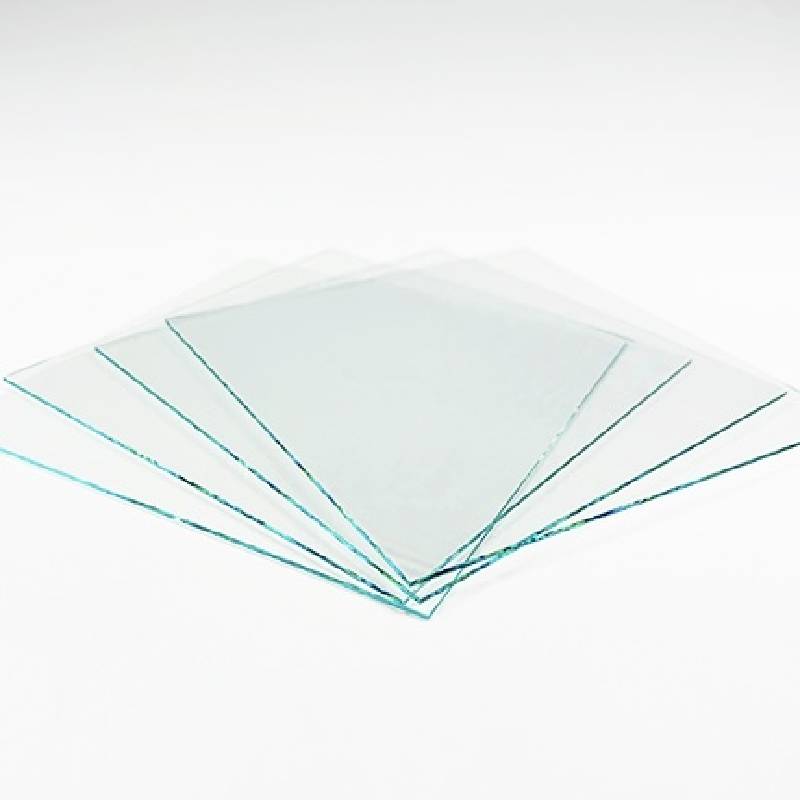

Clear and Frosted Glass A Study in Transparency and Design
In the realm of interior design and architecture, glass stands out as one of the most versatile materials. Among its various forms, clear and frosted glass have gained considerable popularity due to their distinct properties and aesthetic appeal. While clear glass is celebrated for its transparency and ability to create a sense of openness, frosted glass offers an element of privacy without sacrificing light. Together, these two types of glass provide an array of possibilities for enhancing both functional and decorative aspects of a space.
Clear glass, often associated with modernity and sophistication, is a material that allows for unobstructed views and maximum natural light. Its ability to make spaces feel larger and more connected to the outdoors is unmatched. In architectural design, clear glass is frequently used in windows, doors, and walls to create seamless transitions between indoor and outdoor environments. This transparency fosters a feeling of unity, inviting nature into the home and blurring the lines between various spaces.
The practical applications of clear glass extend beyond aesthetics. In commercial settings, clear glass storefronts and office partitions contribute to a bright, welcoming atmosphere that encourages collaboration and creativity. Retailers utilize clear glass to showcase their merchandise effectively, drawing in customers with visually appealing displays. Moreover, in residential contexts, clear glass is often employed in areas such as staircases, balustrades, and shower enclosures, providing an illusion of space while ensuring safety and functionality.

On the other hand, frosted glass introduces a different dimension to the use of glass in design. By sandblasting, acid-etching, or using laminated glass with a frosted finish, designers can create a translucent barrier that diffuses light while obscuring visibility. This characteristic makes frosted glass a popular choice for spaces where privacy is essential, such as bathrooms, bedrooms, and office cubicles.
The use of frosted glass also adds a layer of sophistication and elegance to any setting. Its soft, muted appearance can reduce glare and create a warm ambiance, making it a favored choice for lighting fixtures and decorative elements. Moreover, frosted glass can serve as a canvas for artistic expression, with various patterns and textures enhancing its visual appeal. Designers often employ frosted glass in sliding doors, room dividers, and window treatments to maintain privacy while still allowing light to filter through.
Combining clear and frosted glass can optimize the benefits of both materials, offering versatile design solutions. For instance, a room might feature clear glass walls to invite natural light, while frosted glass panels could be strategically placed to ensure privacy in specific areas. This harmonious blend of transparency and translucence not only elevates the overall aesthetic but also contributes to a functionality that meets the needs of modern living.
In conclusion, clear and frosted glass are more than mere construction materials; they are powerful tools in the hands of designers and architects. By understanding the unique characteristics and applications of these two types of glass, individuals can create spaces that embody both beauty and practicality. Whether it’s the clarity and openness of clear glass or the subtle elegance of frosted glass, each plays a vital role in shaping our environments. Embracing these materials within design concepts can lead to innovative solutions that enhance our daily experiences, transforming ordinary spaces into extraordinary habitats. As trends continue to evolve, the interplay between clear and frosted glass will undoubtedly remain a focal point in the world of design.